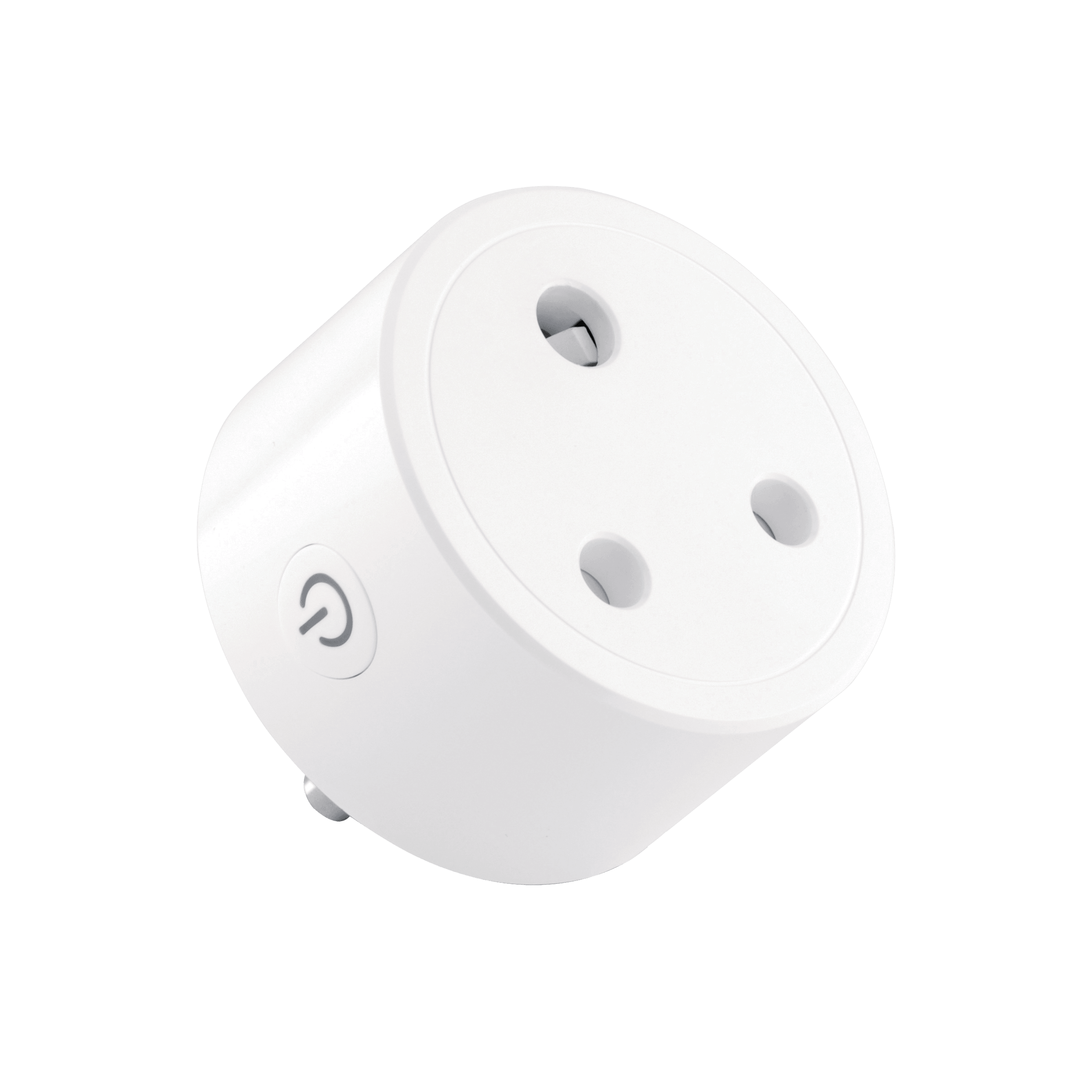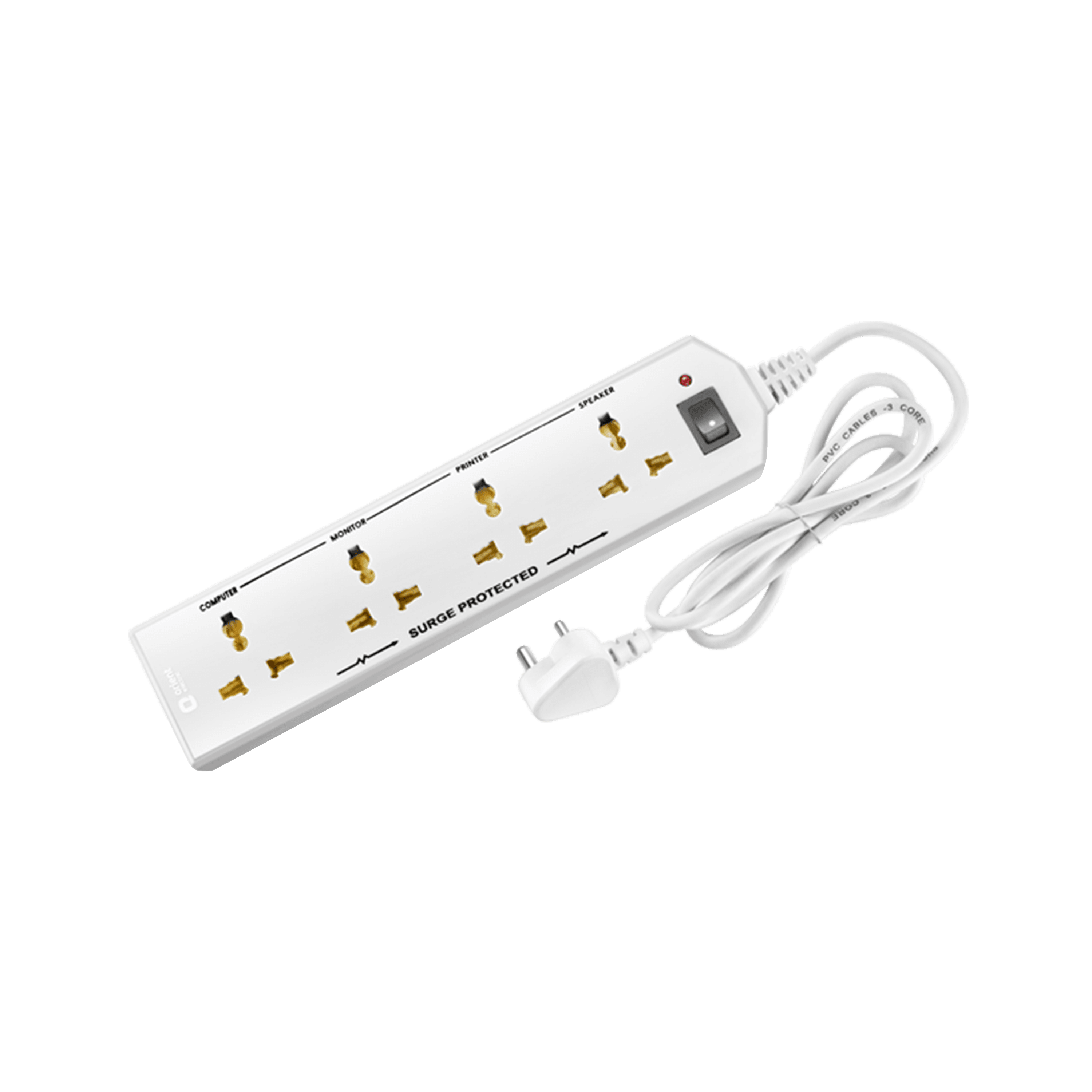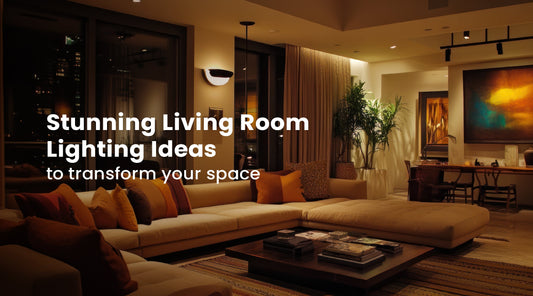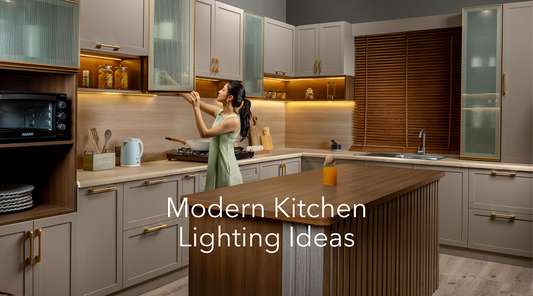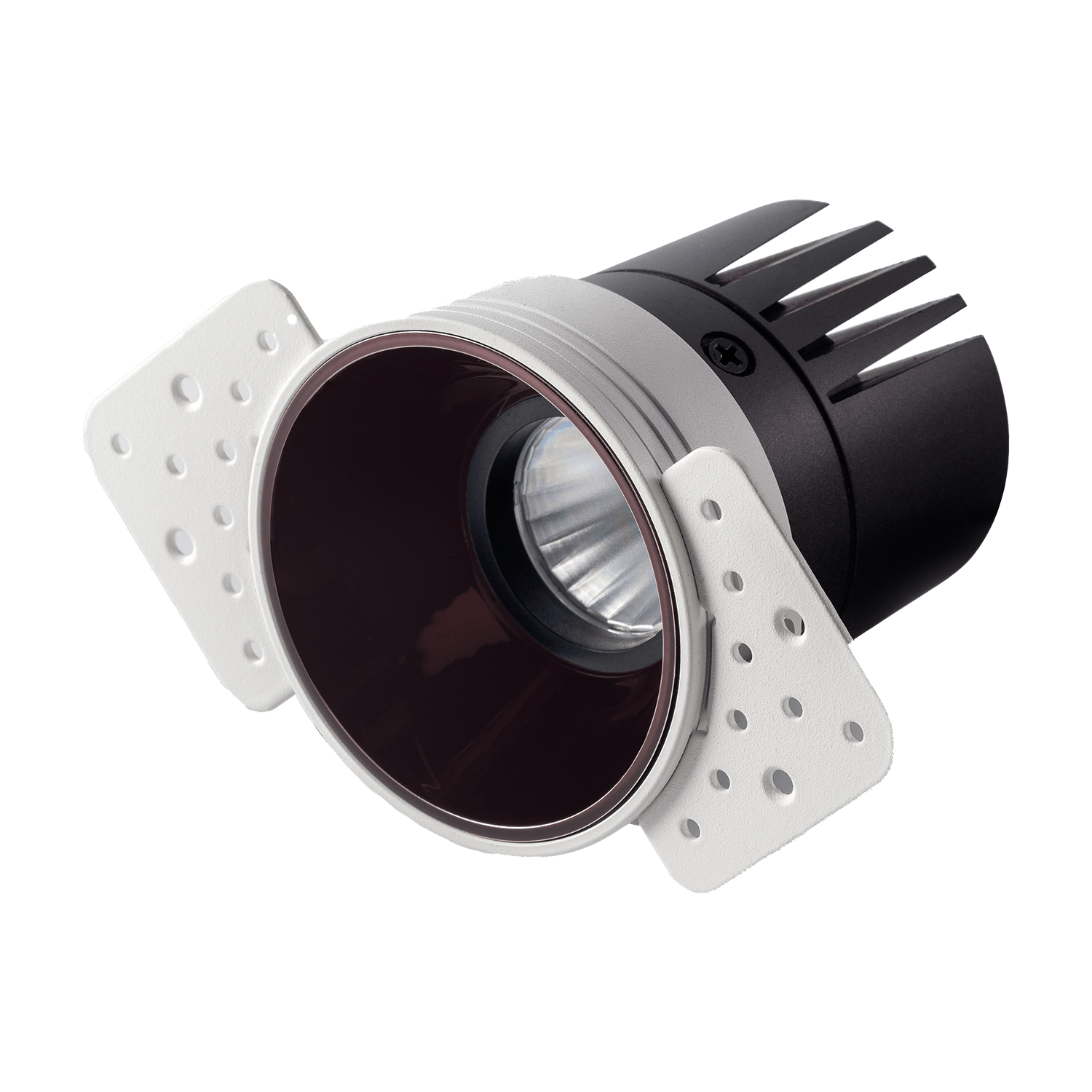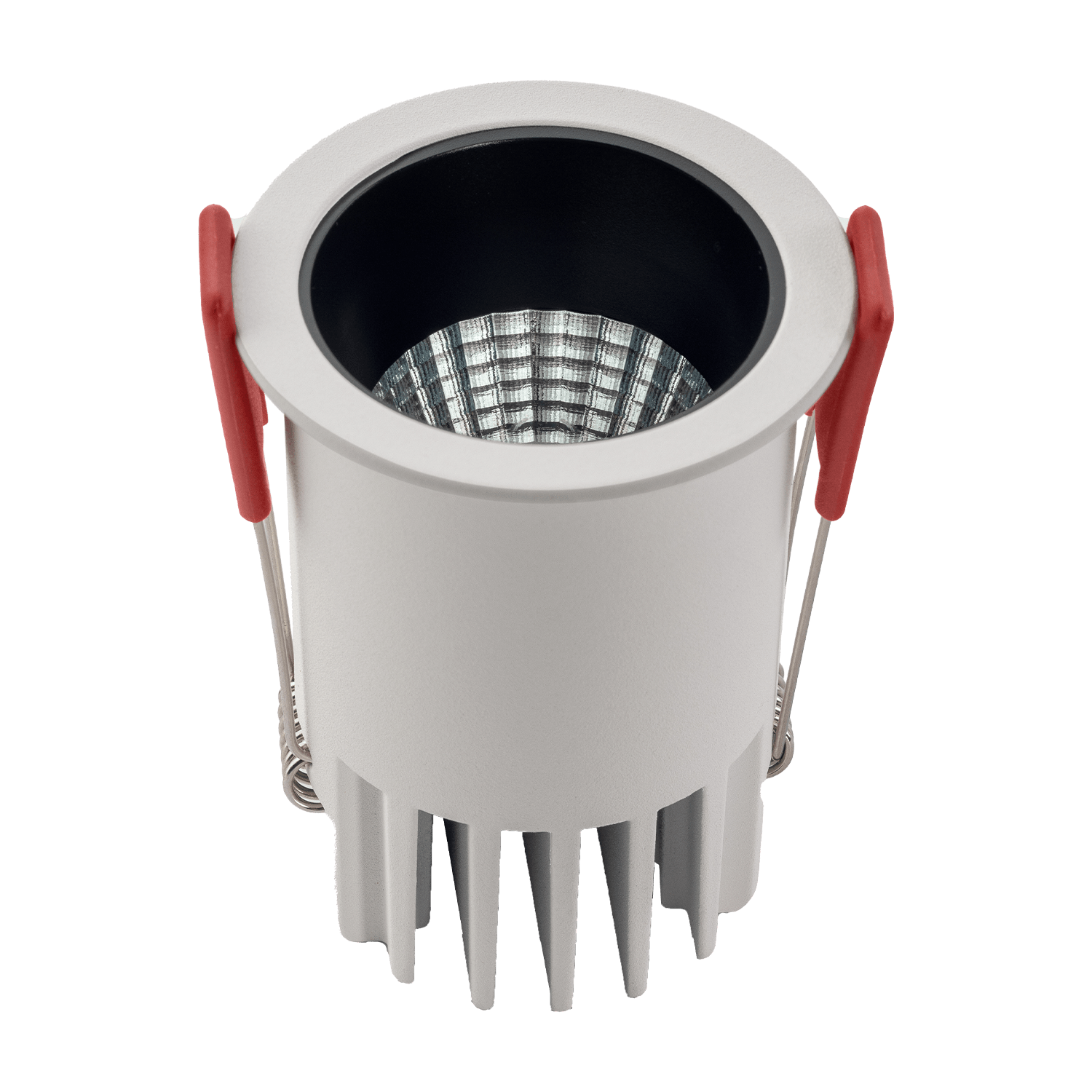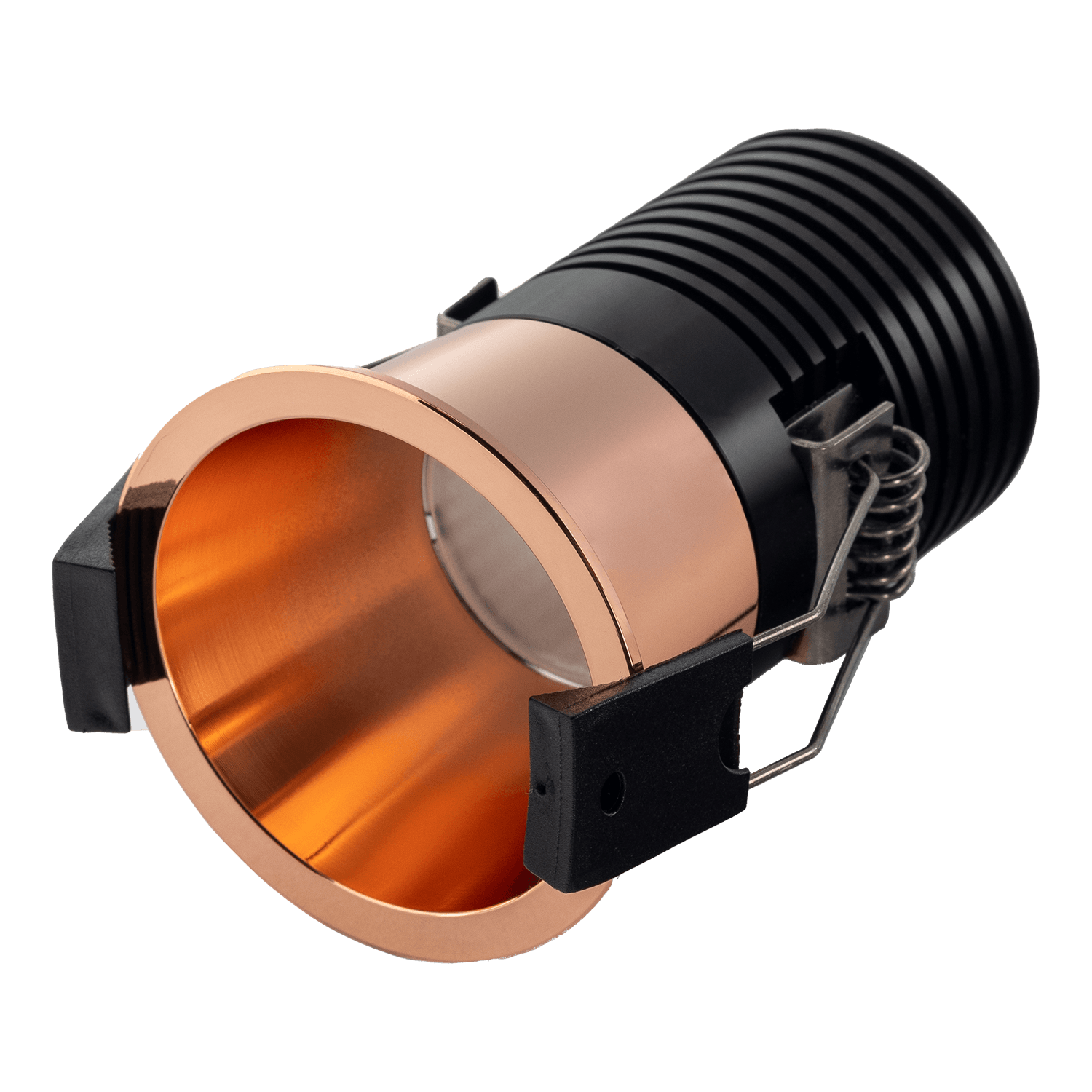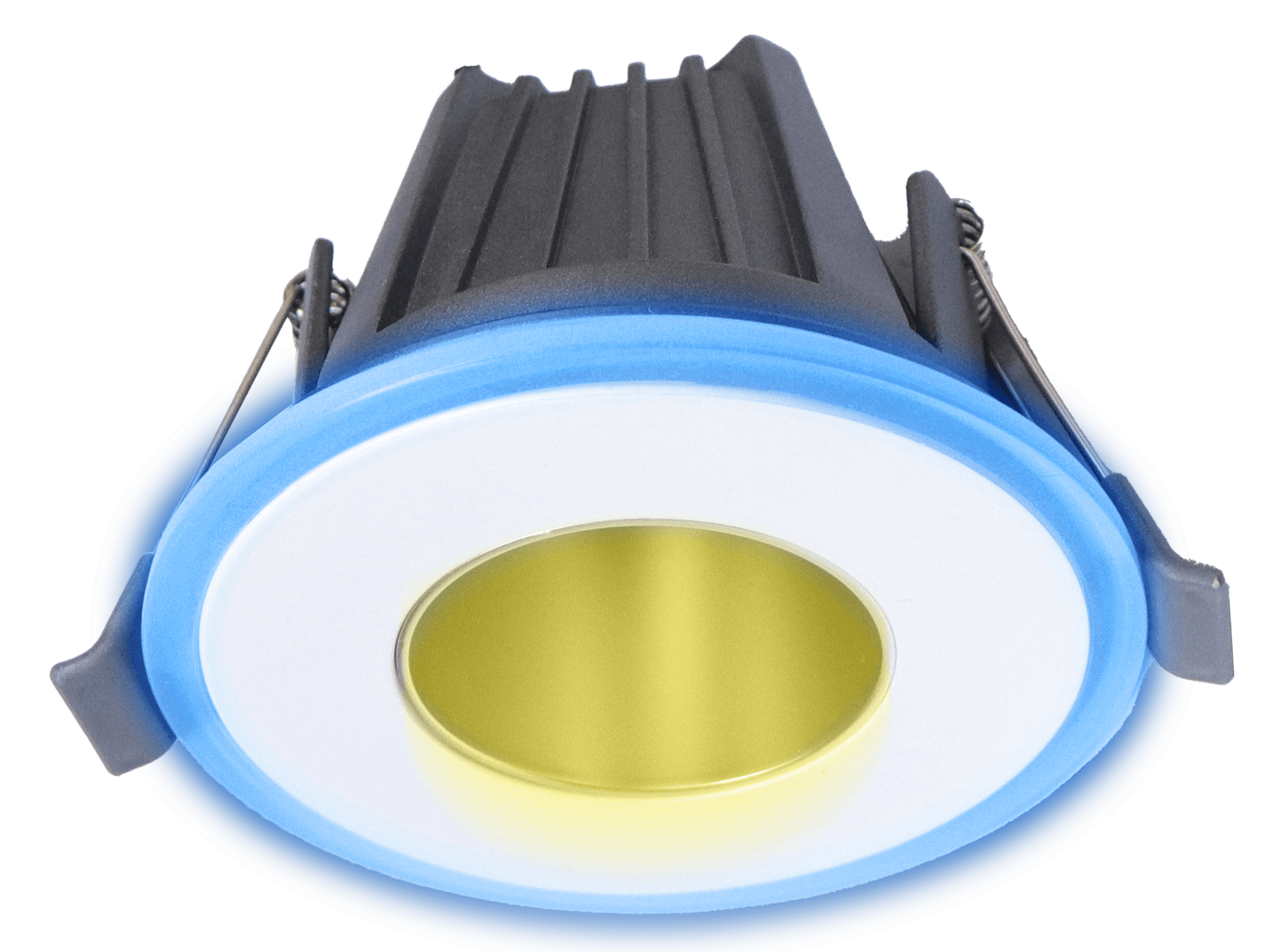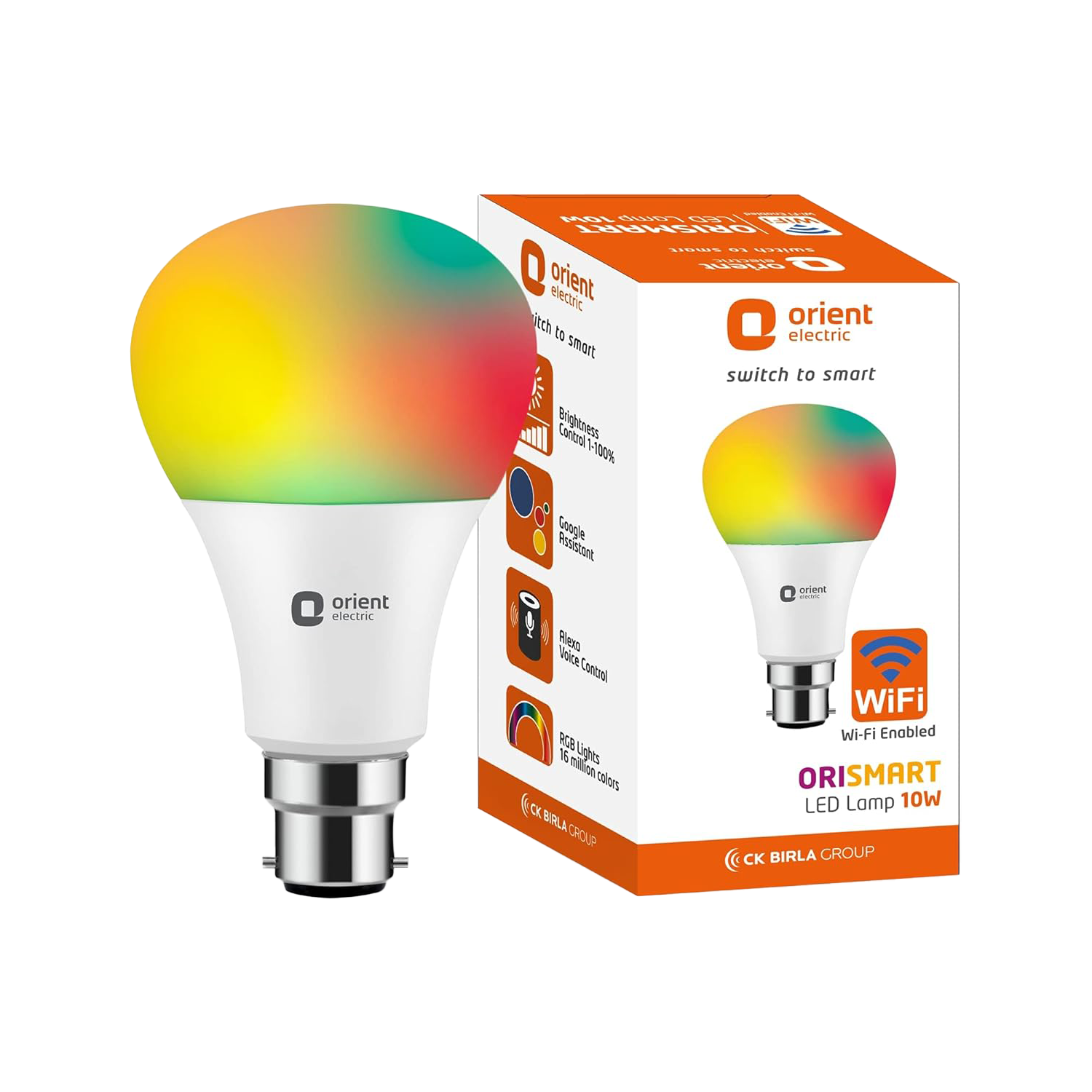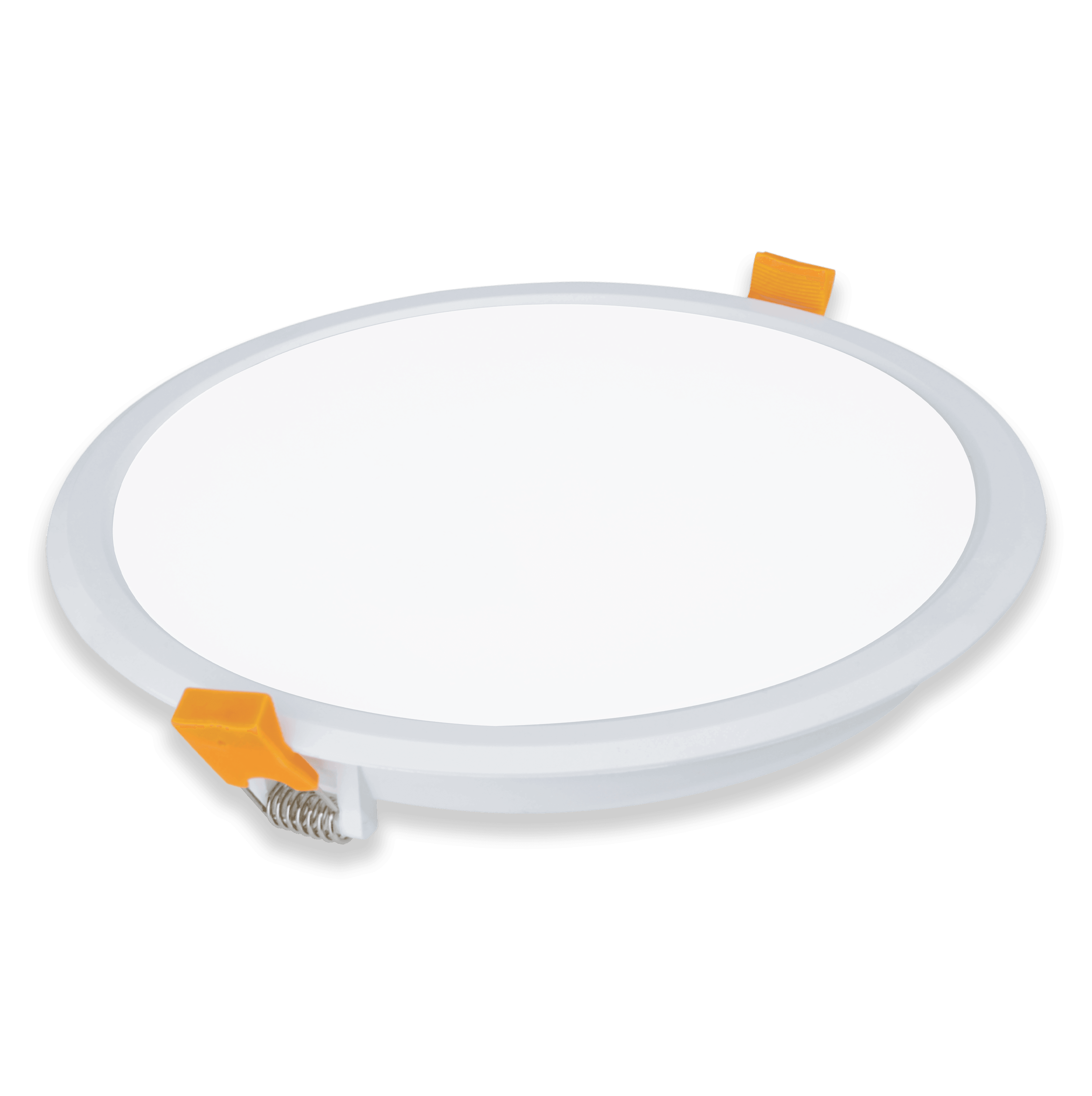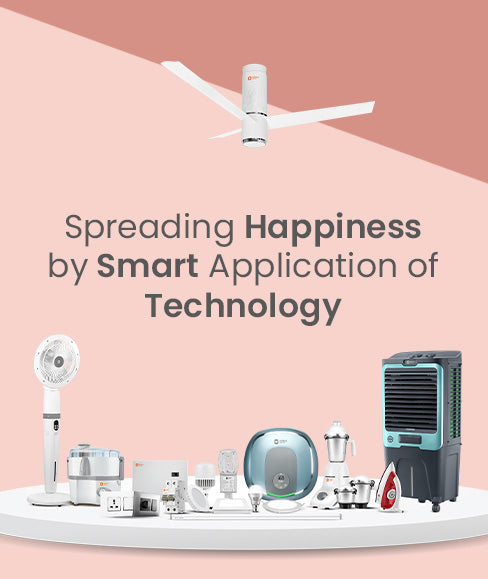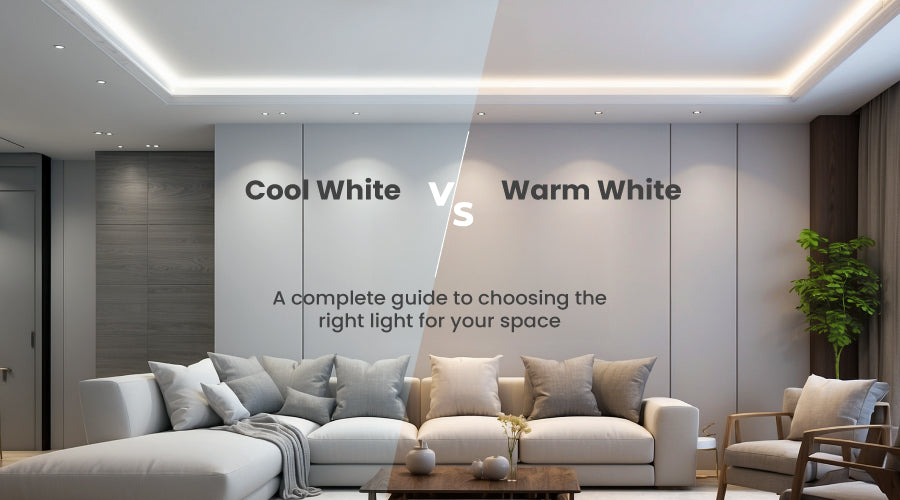
Warm White vs Cool White: A Complete Guide to Choosing the Right Light for Your Space

Lighting is more than just a functional need—it's the key to shaping the mood, aesthetics, and functionality of any room. One of the most common dilemmas homeowners and professionals face is choosing between warm white and cool white lighting.
From enhancing the ambiance of your bedroom to energizing a workspace, the choice of color temperature plays a pivotal role.
In this guide, we'll help you understand the difference between these lighting tones, when to use them, and how Orient Electric's product range offers a seamless solution to every need.
Understanding Color Temperature: The Basics
Color temperature is measured in Kelvins (K). It determines the appearance of the light emitted from a bulb or fixture.
● Warm White (2700K - 3000K): Emits a soft, yellowish glow. Feels cosy and relaxing.
● Neutral White (3500K - 4000K): Offers a balanced white light. Feels natural and clean.
● Cool White/Daylight (5000K - 6500K): Produces a bright, bluish-white light. Feels crisp and energizing.
What are the Key Differences: Warm White vs Cool White?
| Feature | Warm White | Cool White |
|---|---|---|
| Color Tone | Soft yellow | Bright white/blue |
| Mood | Relaxing, cosy | Alert, focused |
| Best For | Bedrooms, living rooms, dining | Kitchens, bathrooms, offices, retail |
| Kelvin Range | 2700K - 3000K | 5000K - 6500K |
Neutral white sits comfortably in between and works well for areas like studies, hallways, or commercial spaces.
Applications: Where to Use Which Light
● Warm White:
○ Living Rooms: Enhance cosiness and create a welcoming vibe.
○ Bedrooms: Wind down in a soft, warm light.
○ Restaurants/Cafes: Sets an inviting and intimate mood.
● Cool White:
○ Kitchens: Clear visibility during chopping, cooking, and cleaning.
○ Bathrooms: Crisp illumination for grooming and makeup.
○ Workspaces: Promotes productivity and alertness.
● Neutral White:
○ Retail shops: Enhances product visibility without harshness.
○ Corridors: Balanced brightness for transitional areas.
Orient Electric's Lighting Range: Tailored for Every Ambience
At Orient Electric, we understand that every space deserves the right light. Our catalog offers a comprehensive suite of options, many of which come with 3-in-1 CCT (Correlated Color Temperature) functionality, allowing users to switch between warm, neutral, and cool white with ease.
Popular Products:
● Prism Neo COB Downlighters (3CCT): Available in 6W, 12W, and 18W. Offers precision lighting with adjustable tone.
● Moodlight LED Panels & Downlighters: Perfect for bedrooms and living rooms with switchable light tones.
● Orismart LED Bulbs: Smart lighting with app control, supporting 3000K to 6500K.
● Twinkle/Crescent/Wave Desk Lamps: Feature 3CCT lighting ideal for focused study or work.
The Rise of 3-in-1 Lights: Why Versatility Matters
Traditional fixed-color lights limited users to one mood per room. With Orient’s 3CCT lights, you can now:
● Adjust your lighting based on the time of day (cool for mornings, warm for evenings)
● Create versatile spaces (study by day, relax by night)
● Customize lighting without replacing fixtures
This is particularly helpful for multi-purpose areas like living-cum-workspaces, kids' rooms, and modern open-plan homes.
Conclusion: Make the Right Lighting Choice
Your lighting decisions directly influence how a space feels and functions. Choosing between warm white and cool white is more than aesthetic—it's about matching your environment to your purpose. With Orient Electric’s versatile lighting solutions, especially the 3CCT offerings, you don’t have to compromise. Whether you’re reading, relaxing, cooking, or creating, the perfect light is just a switch away.
FAQs
Q1. Which light is better for the eyes: warm white or cool white?
Neutral white (~4000K) or cool white (~5000K) is better for reading and working as it reduces eye strain.
Q2. Is warm white better for sleep?
Yes. Warm white light mimics the sunset and is ideal for relaxing and unwinding before bed.
Q3. Can I use warm white in the kitchen?
You can, but cool white is often preferred for better visibility while cooking.
Q4. Is 3-in-1 lighting more expensive?
Not significantly. And the flexibility it offers in a single product is worth the investment.
Q5. Does cool white consume more energy than warm white?
No, energy consumption is primarily driven by wattage and LED efficiency, not the color tone.
